Stone Town City Tour
Following the trails of sultans, slaves, and explorers in the winding streets of Stone Town. Your tour guide will tell you about the events that shaped Zanzibar, leading you through the buildings where it all happened, such as the former Slave Market, Anglican Cathedral Church, the House of Wonders, the Sultan’s Palace Museum, the Old Arab Fort and Dispensary.
While tracing the steps of the past the walking tour provides you with a window into modern life in Stone Town. Explore the markets, seafood and fish piled in the fish market, fresh loaves of bread in wicker baskets, and neat stacks of fruit and vegetables as traders sell their wares from their stalls. Children play in the streets in the residential areas, and ‘mamas’ sit outside and gossip while the men play board games. An option stop at Zanzibar Coffee House provides a rest from the heat and hustle and bustle.
A selection of drinks, local sweets, and seasonal fruits act as the perfect pick-me-up for you to continue on your tour. The city tour is very flexible and can be adapted to suit your interests and time frame. If you’re a shopaholic, culture vulture, or history buff we have something to suit everyone. If you want to hunt for antiques and souvenir shops following David Livingstone’s time in Zanzibar and walk the path of the slave trade.
Your guide can recommend and customize routes and itineraries that will optimize your time and get the most out of your trip. Please dress conservatively when walking through Stone Town. Women should cover their shoulders and wear long skirts or trousers.
Forodhani Night Market
The Night Market perhaps best represents Zanzibar’s wonderful amalgamation of cultures and cuisines. After hustle and excursions of the day and sunset watch, this quiet corner of Stone Town is the place to be. The once calm Seawalk is rapidly filled with chefs, clad in white hats, setting up gas lamps, grills and rotisseries, spreading out their wares across rows of tables.
Fresh barbecue and varieties of seafood staffs, sugarcane juice, young coconut juice, a famous Zanzibarian stew local known as ‘Urojo’, Dates Juice, Seasonal Fruits and etc.. are sold.
The Night Market is a culinary playground for all—visitors and local people pour in, families gather with small children, and of course, the tenacious stray cats hunker down and wait for scraps.
Make sure you bring local Tanzanian shillings with you and be prepared to barter if you want to avoid overpaying for your culinary exploration. The Old Fort and the House of Wonders are adjacent to Forodhani Gardens and may provide a nice pre-sunset excursion while you wait for the Night Market to open.
The Spice Herbal Tour
Is another extraordinary excursion to the Spice Island of Zanzibar. Your visit should definitely not miss the aroma of Spice Island through the Spice Tour in Zanzibar.
Spices were the first luxury goods to appear in the European economy. Plants such as pepper, cinnamon, ginger, and nutmeg grew naturally only in the tropics – principally the islands of the Indonesian archipelago and the coastal regions of India. In the sixteenth century, Portuguese traders established a base in Zanzibar as part of their plan to control East Africa. It was left to the Omani Arabs, who ruled Zanzibar from the early eighteenth century, to develop Zanzibar economically as a Spice-producing entity.
Sultan Seyyid Said, the first Omani sultan to govern Zanzibar, quickly realized the potential of his new dominion with its hot climate and regular rainfall as an ideal location for Spice farming. The most famous of Zanzibar Spices, the Clove, came to the island in 1818. Nowadays the Spice Tour which we organize is probably the best way of seeing the countryside around Stone Town and meeting rural communities who rarely venture into the town or onto the beaches frequented by tourists.
A Tour guide will take you on a walking tour of the Spice farms at kizimbani or Kidichi, picking bunches and inviting you to smell or test them to guess what they specifically are?. #Cinnamon, # Turmeric, # Root Ginger, # Garlic, # Chillies, # Black pepper, # Vanila sticks, # Nutmeg – the list goes on and on. Local children follow you all the way around, making baskets of palm leaves and filling them with flowers to give you.
Prison Island Tour
Is a half-day guided tour that begins and ends at Stone town of Zanzibar. This is a very historical Island just off the coast of Stone Town and is reached of just 20 minutes by boat ride trip from the old stone town’s waterfront. The use of the island has changed over time.
Although it was originally built as a prison it was never put into that function. Later it was used as a quarantine of slaves for the whole of East Africa. The remnants of the building are still visible. The island offers a stunning view of the Town, especially during the night; there is a very beautiful minor sandy beach where swimming in the crystal waters is marvelous. The coral reefs surrounding the island provide an opportunity of snorkeling.
This is also a home of the giant tortoise, imported from Aldabra in Seychelles in the late 19th century and the best birds of Peacocks type. which is now under strict conservation. A short guided tour around the island will provide the real picture.
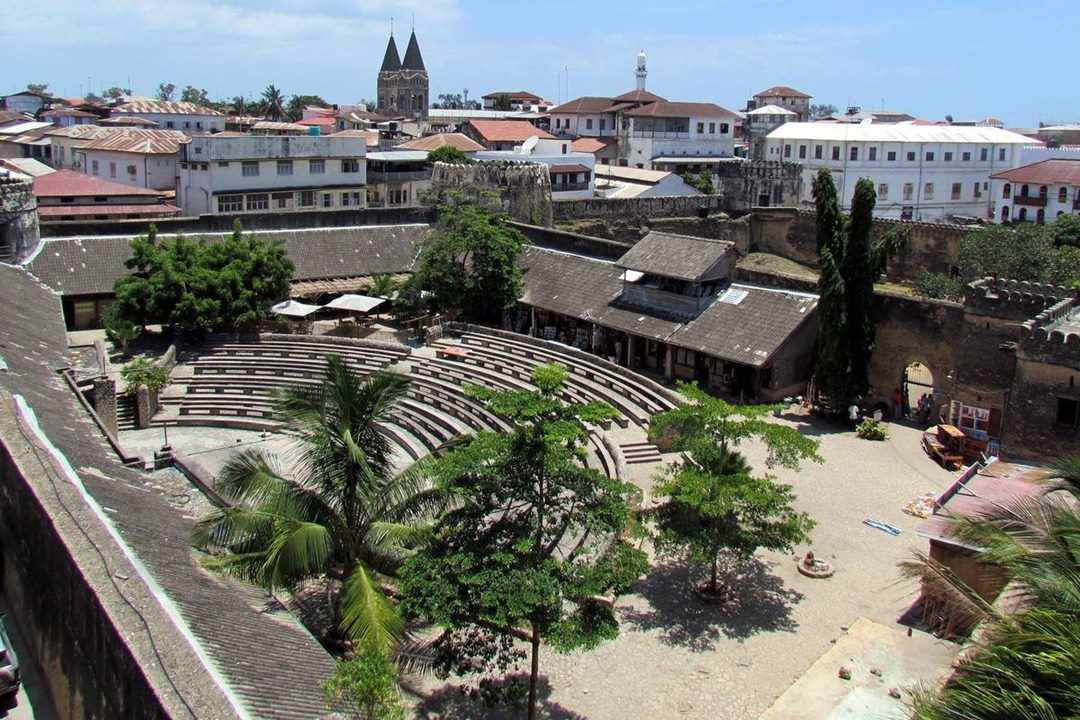
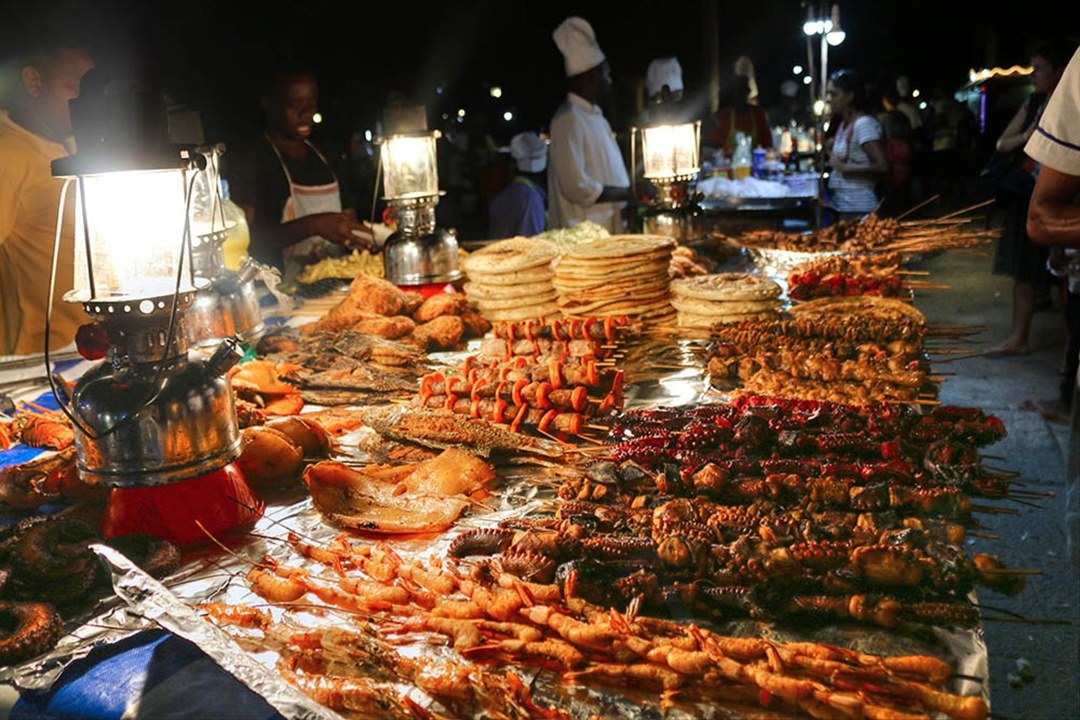
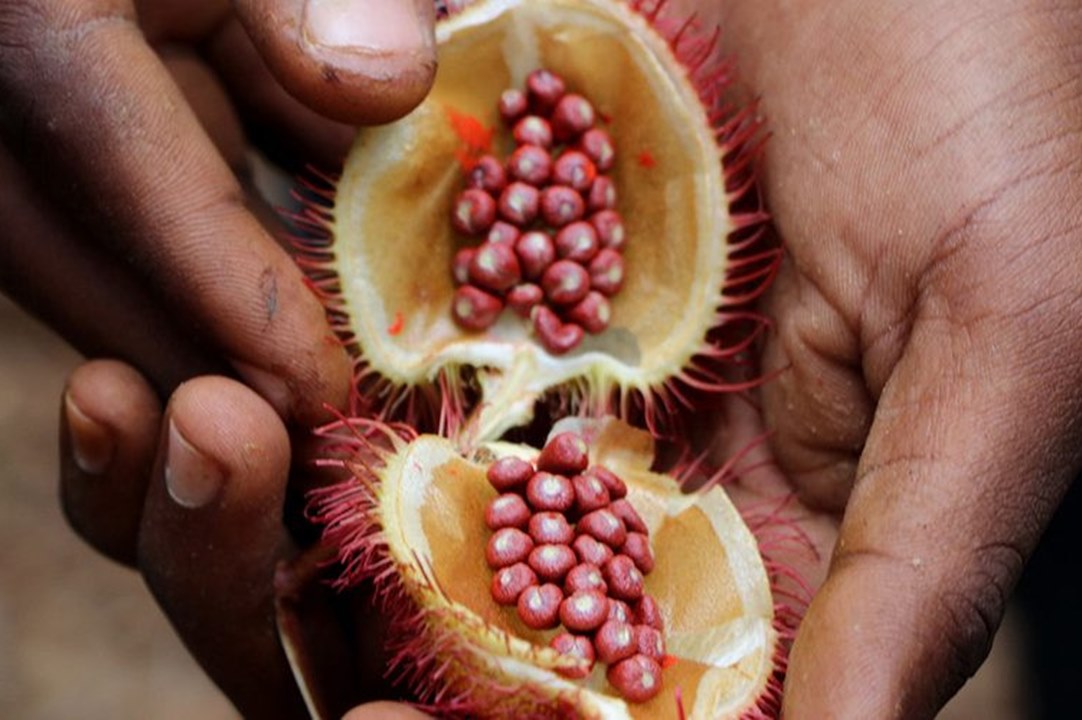
Dolphin Tour Kizimkazi
Take an hour drive from Stone Town to Kizimkazi on the South Coast of the island for a half-day dolphin spotting. Kizimkazi is home of a large number of bottle-nosed and spinner dolphins, beautiful coral reefs, and tropical fish. Upon arrival, you’re given a short safety briefing and the dos and don’ts when faced with these magnificent yet wild animals.
You then board a traditional dhow and set sail on the Indian Ocean in search of dolphins. You can get as close as 10 to 20 meters away from these sleek and gray dolphins. They jack-knife through the water sometimes showing off their acrobatics with jumps and twists. In the past, some tourists have been lucky enough to swim and snorkel with these magical animals.
However the dolphins aren’t tame and can be shy and elusive, although visitors see dolphins on the majority of outings, there are no guarantees that there will be a sighting. But despite that, you would enjoy two hours sailing and taking in the sights of the ocean. There’s superb snorkeling in the pristine coral reef and you can swim in the clear, warm water of the Indian Ocean.
You then return to the beach shore where you can swim in the shallower waters and chat with the crew who will regale you with sea stories about the one that got away.
Jozani Monkeys Forest
Is a conservation area and the only remaining natural forest on Zanzibar, is where a nice wildlife safari you can do while on this beautiful Island by having a road drive to Jozani Forest. This is a half-day tour, shall enjoy watching these rare species of red-Columbus Monkeys. To have a complete Jozani forest tour, you must visit all 3 sections which are, watching the rare Red colobus Monkeys, visiting the forest, and the visit of Mangroves plants.
Jozani has an excellent nature trail and the guides are well-trained and informative. A walk through this impressive flora and fauna is one of the highlights Zanzibar has to offer. After the tour, we drive back to the hotel for relaxation.
Mnemba Island
Declared a marine conservation area, Mnemba Island is a coral atoll surrounded by thriving reefs and the crystal clear Indian ocean. Is reached by a 90-minute drive from Zanzibar airport or Stone town. Guests wade knee-deep in the balmy ocean water to board a waiting boat for a 20-minutes crossing to the warm island reception.
Thatched dining and sitting or bar areas boast beautiful open views of the beach and spectacular vistas of Zanzibar beyond. Baskets of fresh fruits, fish, lobster, crabs, and prawns sail into Mnemba daily on traditional Ngalawa outriggers. Lunch is often served on large wooden carved Zanzibari platters heaped with delicious mezze. Romantic candlelit dinners are served on the beach, with waves lapping gently at guests’ feet
Day trip Snorkelling at Mnemba Atoll
Mnemba Island –South-east of Nungwi high tide current offers a very good snorkelling and swimming site. Perfect powder-white beaches circle the island with turquoise water lapping at the shore. Mnemba’s circular reef is ideal for both beginner and experienced divers, turtles and reef sharks found in the area including varieties of fish types.
At 09h00 shall be picked up from your beach resort in Nungwi then board your private local boat at Nungwi beach shore (this is a special arrangement for you), with your boat crew start sailing heading towards Mnemba Atoll for a full day Snorkelling and Swimming and if we are lucky enough we could spot dolphins but this is not guaranteed, therefore onboard Fruits and Mineral water will be provided while Lunch is to be served at Muyuni beach before refreshing and driven back to your hotel in Nungwi in the evening.
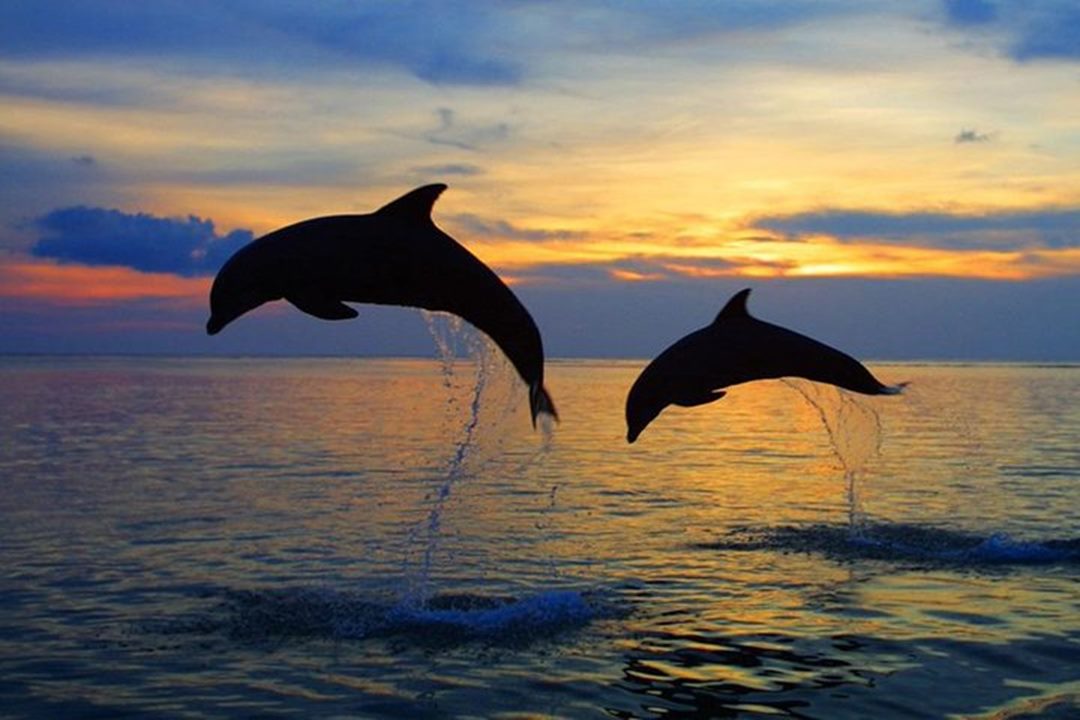
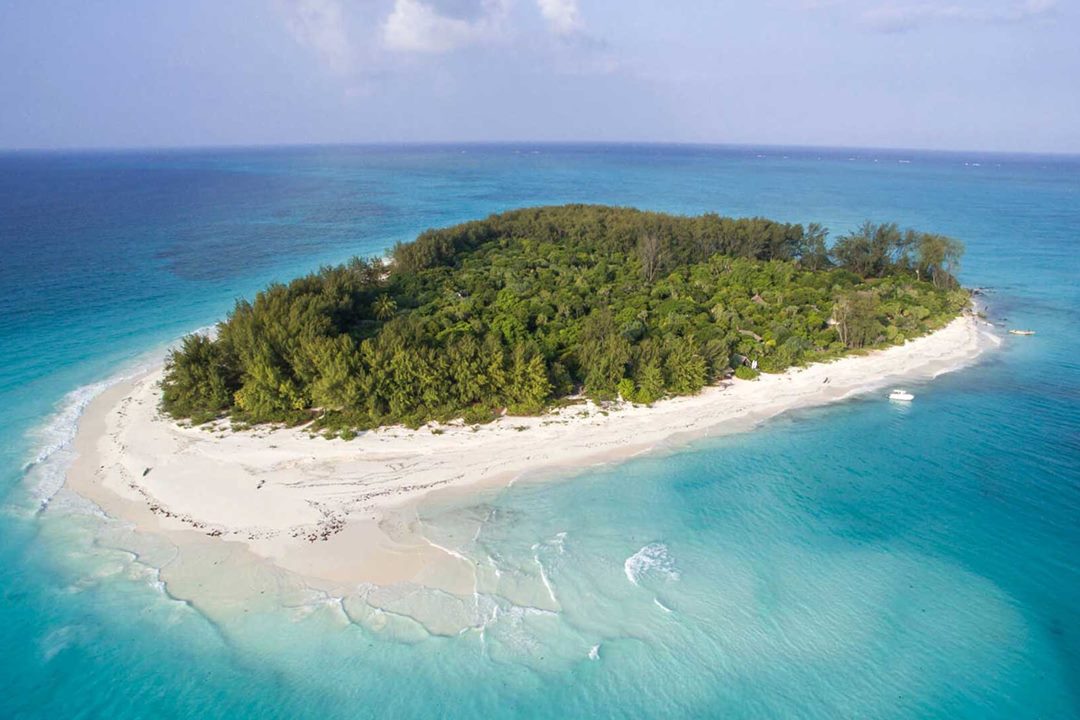
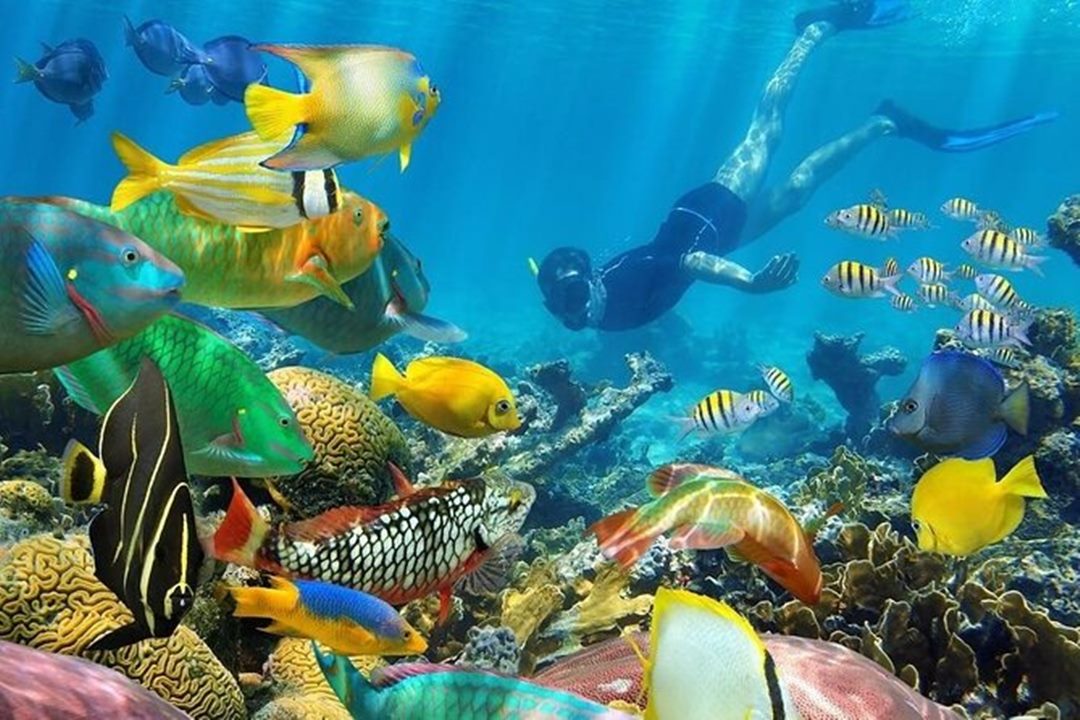
Safari Blue Sea Adventure & Sandbank
This Sea excursion adventure involves a local boat sailing Safari tour which starts in the morning from any hotels/Resorts in Zanzibar and one should have a road drive to the village of Fumba Southern of Zanzibar to enjoy Safari Blue Zanzibar. Fumba is the most convenient location for exploring the Safari Blue Zanzibar, the isolated sandbanks, and the rugged island scenery of the Menai Bay Conservation Area.
Some Tourists call it Zanzibar Blue Safari. This is a full-day trip on locally constructed sailing dhows, fitted with outboard motors, marine VHF radios, life jackets, and other security requirements. The dhow anchors in a safe and shallow area to allow for snorkeling. High-quality snorkeling materials are provided, and a large range of sizes is available.
Lunch is served on a sandbank or on one of the many uninhabited islands in the region. A traditional dish of barbecued fish, rice, lentils, and fish curry is served. Chilled fruit juice, mineral water, and bottled soft drinks are available throughout the tour. After lunch, clients can sail on an outrigger canoe carved out of a single mango tree, snorkel and swim or just relax. Return to Fumba is by sail, wind permitting. Thereafter clients are driven back to their hotel at about 1730 hrs for refreshment.
Sandbank Picnic
For those who are looking to completely relax or have an adventure and excitement. This is their answer. We sail towards the white sandy bank; we will do some snorkeling and see the stunning array of colored corals and tropical fish of the island.
The trip includes the use of top-quality snorkeling equipment with guides and instructors, ice-cold sodas, mineral water, and the very delicious Zanzibar seafood lunch that will be served on the white sand. We round the day off by returning to the shore by traditional sail.
Traditional (Culture) Tour
This is a very special and excellent excursion in Zanzibar to take part even though it is always recommended for a large group of Tourists to be held near Mangapwani Slave caves. Whereby tourists to enjoy an unforgettable experience of Weaving, Grinding Millet, Pottery, Coconut Rope Making, Coconut Palm Climbing, Local Cuisine Cooking, Zanzibar Aroma, and Incense, Spices Plantations, Seasonal Fruits, Visit the Children’s Local Koran Schools, Local Traditional Music/Songs, and Dancers. Women tourists will be introduced to wearing famous traditional Khangas which are made from cotton and are locally produced in Tanzania and Kenya. Anywhere you go in Tanzania you will find these colorful garments are sold. Khangas has been around for a long time and there are many opinions about its source or where it first started. Zanzibar could be the birthplace as it was a major trading port. But again this is not a proven fact.
In Tanzania Khangas is part of Swahili culture, It belongs to the women from birth to death as they always have these traditional garments in their possession. It is also very common to present this to the female at the ‘’coming-of-age’’ stage as a gift and is among the unmissed items for a groom to give to the brides during a wedding process.
Most of the khangas are rectangular in shape, usually 1.5m x 1.0m in size. Morden designs of khanga have a proverb written on them called ‘’Jina’’ in Swahili which basically means ‘’Name’’. It is this name by which each particular khanga design is recognized, making it easier to purchase at the shops.
These sayings can range from messages of love, prosperity, and religion to just random things.
Some examples of the sayings are:-
Tunaipenda Africa Yetu = We love our Africa
Kheri ya Krismas na Mwaka Mpya = Merry Christmas and Happy new year
Nalidumu letu pendo = Let our love stand forever.
There is also another type of garment called ‘Kitenge’ very similar to khanga but is made of a thicker textile and it is usually sold in three pieces.
Tailors throughout the country design and create fashionable clothing and accessories from the khanga and slowly this trend is moving to other continents like Europe where designers use African fabrics in Traditional European clothing.
Tinga Tinga Paintings
Edward Tingatinga began painting around 1968 in Tanzania (Dar es Salaam). he employed low-cost materials such as masonite and bicycle paint and attracted the attention of tourists for their colorful, both naive and surrealistic style. When tingatinga died in 1972, his style was so popular that it had started a wide movement of imitators and followers, sometimes informally referred to as the ‘’Tingatinga School’’, the first generation of artists from the Tingatinga school basically re-produced the works of the school’s founder. In the 1990s new trends emerged within the Tingatinga style, in response to the transformations that the Tanzanian society was undergoing after independence.
New subjects related to the new urban and multi-ethnic society of Dare s Salaam (eg, crowded and busy streets and squires) were introduced, together with occasional technical novelties (such as the use of perspective). One of the most well-known second-generation Tingatinga painters is Edward Tingatinga’s brother-in-law, Simon Mpata. [4] because of his short artistic life, Tingatinga left only a relatively small number of paintings, which are sought-after by collectors.
Today it is known that fakes were produced from all famous Tingatinga paintings like the lion, peacock on the baobab tree, Antelope, leopard, buffalo, or monkey. Tingatinga also spelled Tinga tinga, is a painting style that developed in the second half of the 20th century in the Oysterbay area in dare s Salaam (Tanzania) and later spread to most of East Africa. Tingatinga paintings are one of the most widely represented forms of tourist-oriented art in Tanzania, Kenya, and neighboring countries.
The Genre is named after its founder, Tanzanian painter Edward Said Tingatinga. Tingatinga paintings are traditionally made on masonite, using several layers of bicycle paint, which makes for brilliant and highly saturated colors. Many elements of the style are related to the requirements of the tourists-oriented market; for example, the paintings are usually small so they can easily be transported, and subjects are intended to appeal to Europeans and Americans (eg. The big five and other wild fauna).
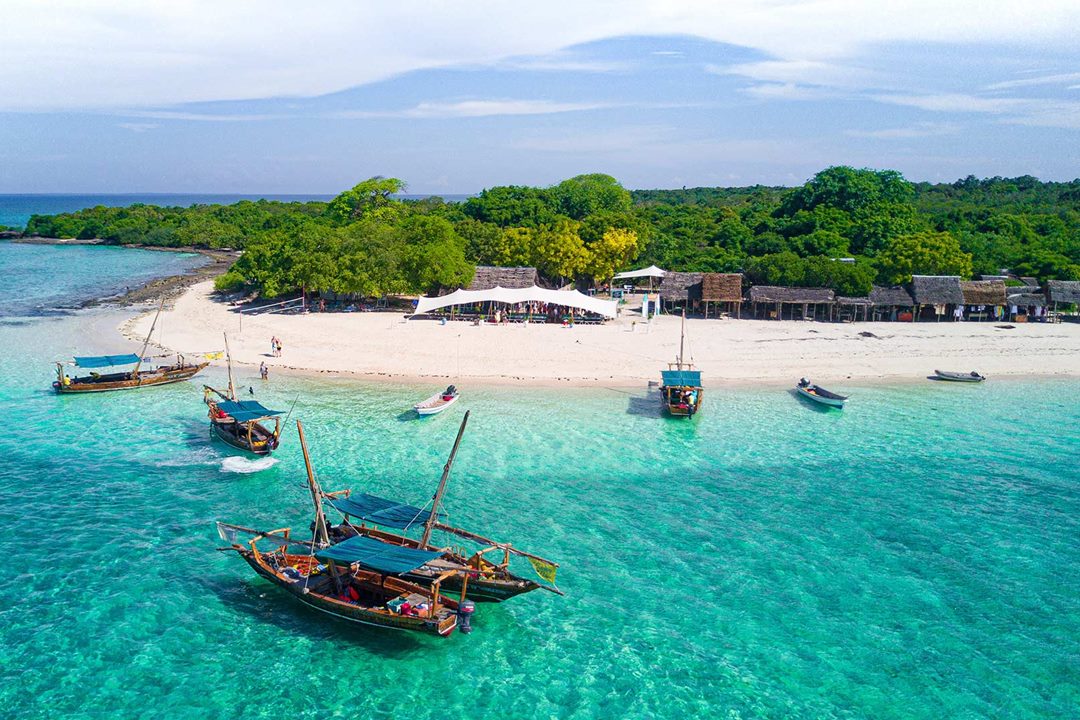
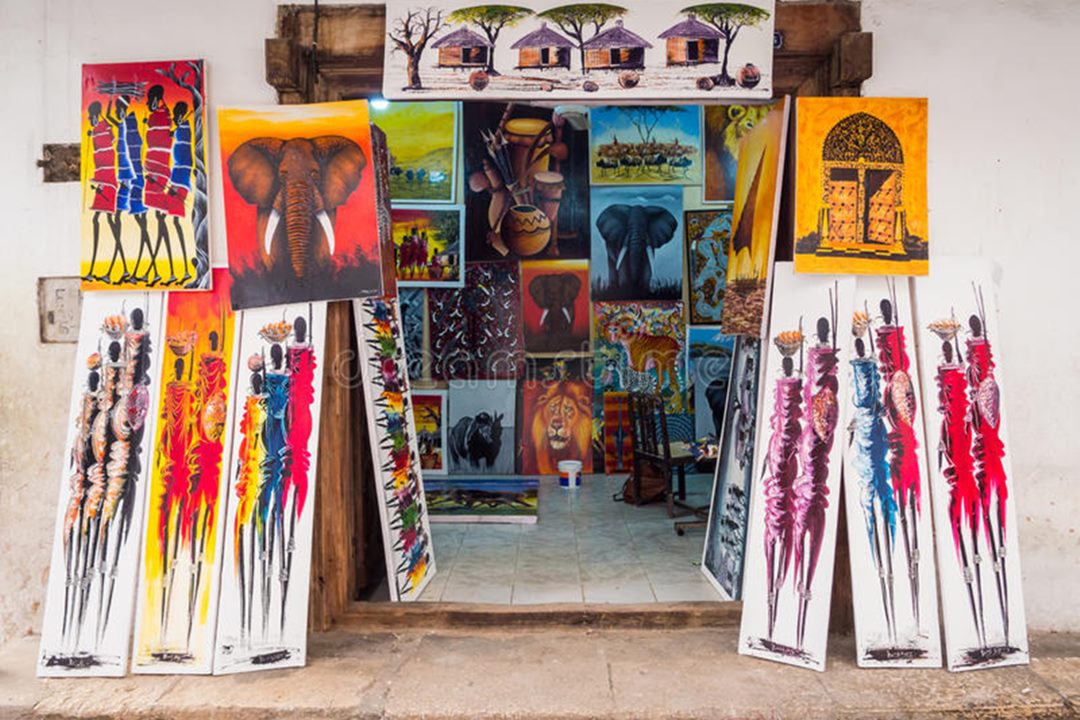
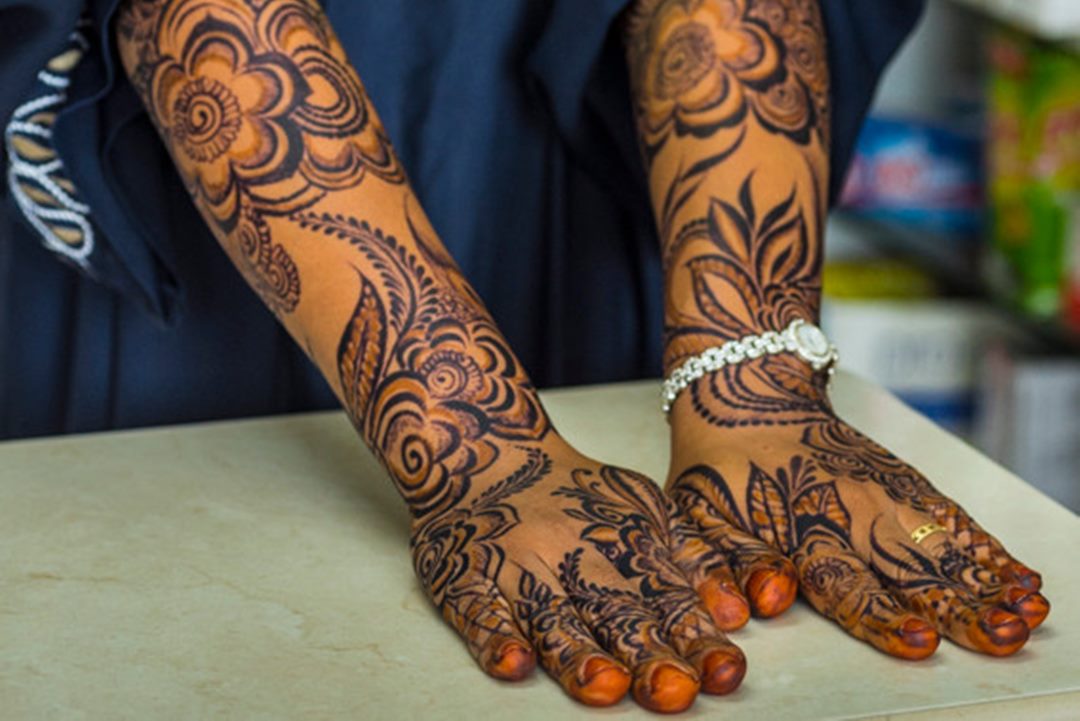
Henna Art in Zanzibar
The ancient Henna art design nowadays transformed from body painting into colorful and intricate paintings and prints. Zanzibarian women like painting their bodies with henna because of the celebration like marriage and that remains a special experience and a unique taste of Zanzibar traditions. Henna design is most like when on the connivers .
The paintings are not tourist items; they are very high-quality original fine art paintings. The paintings and prints are a unique expression of the culture of Zanzibar. The ancient henna designs combine the artistic traditions of Africa, India, and the Middle East.
The Zanzibar Chests Box or Kasha
(from the Portuguese “Caixa”, box) have intricate carvings and/or brass ornamentations. Like all chests, there is a lid that lifts up and drawers in the front. But what makes it a Zanzibar chest is that there is always a secret hidden compartment. The “secret” compartment is always concealed in the same place, behind the bottom set of drawers.
Since the age of sailing ships and spice routes, a Zanzibar chest has evoked treasure, mystery, and the legends of the East. They accompanied queens into exile and princes on conquest. A hard carved coffer plated with hammered metals, interior compartments, and secret drawers, they were hard to make and harder to obtain. Their legends typically preceded them.
The Zanzibar chest was used by the rulers of Zanzibar, the Sultanate of Oman who were ousted by a revolution in the mid-’60s to transport their valuable personal belongings on their voyage to and from Zanzibar. The chests are still made today and typically hold dowries, spices, or family heirlooms.
The chests are made of solid hardwood from Zanzibar, such as teak or mahogany. After treating the wood with oil, the teak turns black and the mahogany turns red. All chests are decorated with brass (golden) or copper (reddish), displaying various motives such as flowers, ornaments, or even scriptures. Chests decorated with copper are less common because copper is not easy to work with. On the backside of the chest are usually no wood carvings or other decorations.
Besides the main compartment, the chest also has at least two pull drawers plus a hidden drawer deep inside. Still today the local people of Zanzibar use the chests to store jewelry, money, and other valuables. Some chests can be locked with a brass lock. One of the best shops to purchase a Zanzibar chest is Al-Tamimi Curio Shop in the center of Stone Town, next to Jaws Corner. The owner, Nassor Abeid Tamim, is of Yemeni origin. In 1905 his grandfather came to Zanzibar and with him the skills of wood carving, which have been passed on through generations. Nassau is the only carpenter in Zanzibar who is specialized in copper carving. In his workshop, he employs and teaches up to 25 wood carvers.
Bawe Tropical Island
With a size of just a football pitch, Bawe Beach is a private Tropical Island and is one of the smallest yet phenomenal Beaches in Zanzibar. This stunning beach is only half an hour’s ride by boat from Stone Town. Visitors to this Beach are treated to a lush paradise with seclusion and serenity.
Changuu Island
Changuu Beach is another iconic Zanzibar Beach fringed by the turquoise blue water from the Indian Ocean. This spectacular Beach is characterized by verdant Tropical vegetation, coral reefs, and jaw-dropping surroundings, making it a popular spot for Beach Holidays in Zanzibar.
The Island of Changuu is also referred to as the “Prison Island” because it was constructed in 1893 to serve as a holding place for Slaves before being exported to other countries and can be reached by boat from Stone Town.
It is also known for sheltering the giant Aldabra tortoises (the largest Tortoise species in the whole World) and is said to have originated from Aldabra Island in Seychelles.
Chumbe Island Coral park
Chumbe Island is a popular spot for snorkeling and is set within Chumbe Island, Zanzibar’s prime Marine Sanctuary. A boat ride on the Indian Ocean can lead you to this Island and its pristine Beach.